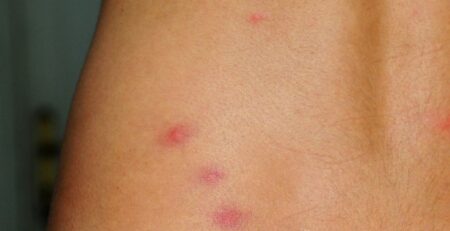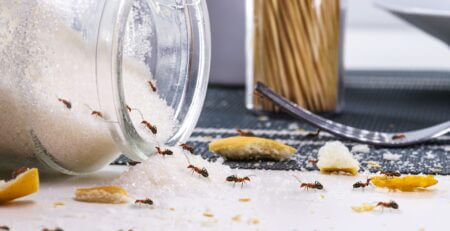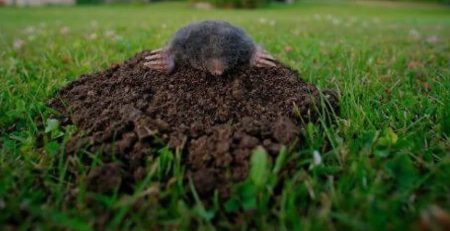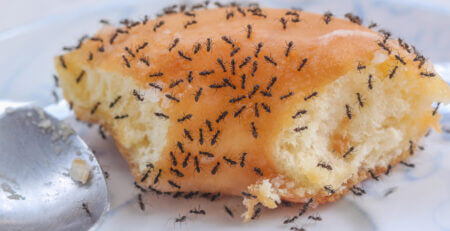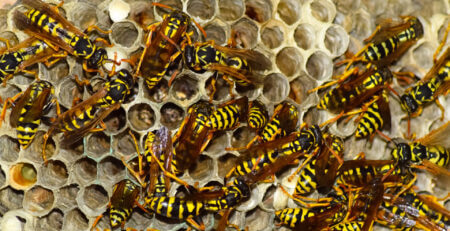05Jul
Most Effective Bed Bug Treatment
Understanding Bed Bugs: Before we dive into treatment, let’s quickly cover the basics:
- Bed bugs are flat, oval-shaped, and reddish-brown in color.
- They feed on human blood and can be found in mattresses, box springs, headboards, and other furniture.
- Female bed bugs can lay up to 500 eggs at a time, which can hatch within 6-10 days.
Most Effective Treatment Methods:
- Chemical Treatments: Chemical treatments are commonly used to kill bed bugs. Use a formula that contains both synthetic and natural pyrethroids for fast knock-down and kill and also includes an insect growth regulator . Always follow the instructions carefully.
- Washing and Drying: Wash and dry bedding, clothing, and any washable items in hot water (at least 120°F or 49°C) and high heat to kill bed bugs.
- Dry Fogging: Dry fogging uses a machine that releases a fine mist of insecticide into the air. This method is effective for large areas and can reach hidden areas where bed bugs may be hiding.
- Encasement: Encase your mattress and box spring in bed bug-proof encasements to prevent re-infestation.
- Vacuuming: Use a vacuum cleaner with a hose attachment to thoroughly vacuum all surfaces, especially around the bed and mattress.
Home Remedies:
- Diatomaceous Earth: This powder is made from fossilized algae and can dehydrate bed bugs. Sprinkle it around the affected area.
Professional Assistance:
- Professional Heat Treatment: If you have a severe infestation, consider hiring a professional pest control service that offers heat treatment.
- Trained Exterminators: Hire a trained exterminator who has experience dealing with bed bug infestations.
Prevention: To prevent future infestations:
- Inspect Second-Hand Furniture: Inspect second-hand furniture for signs of bed bugs before bringing it into your home.
- Use Mattress Covers: Use mattress covers with built-in encasements to prevent bed bugs from entering the mattress.
- Seal Cracks and Crevices: Seal any cracks and crevices around windows, doors, and baseboards to prevent bed bugs from entering your home.
Remember, prevention is key! Regularly monitoring your home and taking proactive steps can help keep those pesky bed bugs at bay!
Check out our HOW TO deal with Bed Bugs page



